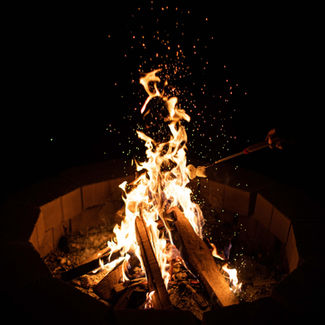Route
Cape Camino currently makes up a total distance of approximately 700 kms over 40 days.
The route begins in the Winelands of the Paardeberg. Set nearby and alongside the Limietberge: rich soils, expansive valleys; nurseries to some of the finest wines in the world. Vineyards, olives, and Cape Dutch architecture!
The Berg River then provides life-giving water to a range of farming practices as well as the three Moravian communities all along the Piketberge. The Berg River was named ‘Rio de Santiago’ by Vasco da Gama when he arrived in St Helena Bay in the 1400’s. The river was named after the patron Saint James, who walked The Way to Santiago in Europe. Camino de Santiago, the popular pilgrimage route we all love and know, was born of his journey. Cape Camino is proud to have this religious and historical link to Camino de Santiago.
This is a unique and special section to explore. Four farmers on or near the river host the first four days from their farm homes - converted styles and other farm buildings. And two of the Moravian Church settlements are still home to communities of the church. The third has been sold and converted into a family homestead.
From there the route heads to the coast, into the historical town of St Helena Bay, the famous Paternoster, and local guesthouses and homestays in Jacobs Bay and Saldanha Bay. The West Coast section ends in Langebaan with an optional day in the West Coast National Park- best in wildflower season in August and September.
Aurora hosts the next section along this stretch and also acts as the gatekeeper to the third section - the harsh and beautiful Sandveld and Strand. Not for the faint-hearted, these long stretches provide passage over the hills and into Redelinghuys. From there the route heads to the coast, into Langebaan, Yzerfontein, Grotto Bay and farm stays near Darling.
Next comes The Cape Peninsula - 14 different sacred ways practiced, historical and architectural wealth. Social diversity. Culture and music and Cape Town vibes! And yet STILL with huge natural wildernesses: mountain tops, deep wild waters, beaches, forests, fynbos, birds, whales, dolphins, baboons.
Cape Camino Google Maps
Zoom in to view icons: sacred spaces, accommodation, food, points of interest.
Difficulty of Legs rated green: easy, yellow: moderate, orange: moderate to difficult, red: difficult
Get to know each stop
Scroll/Swipe through these images to find out more about each of the stops. Click on the image to read more.
Choose to start anywhere along the route and walk for any number of days.


















































